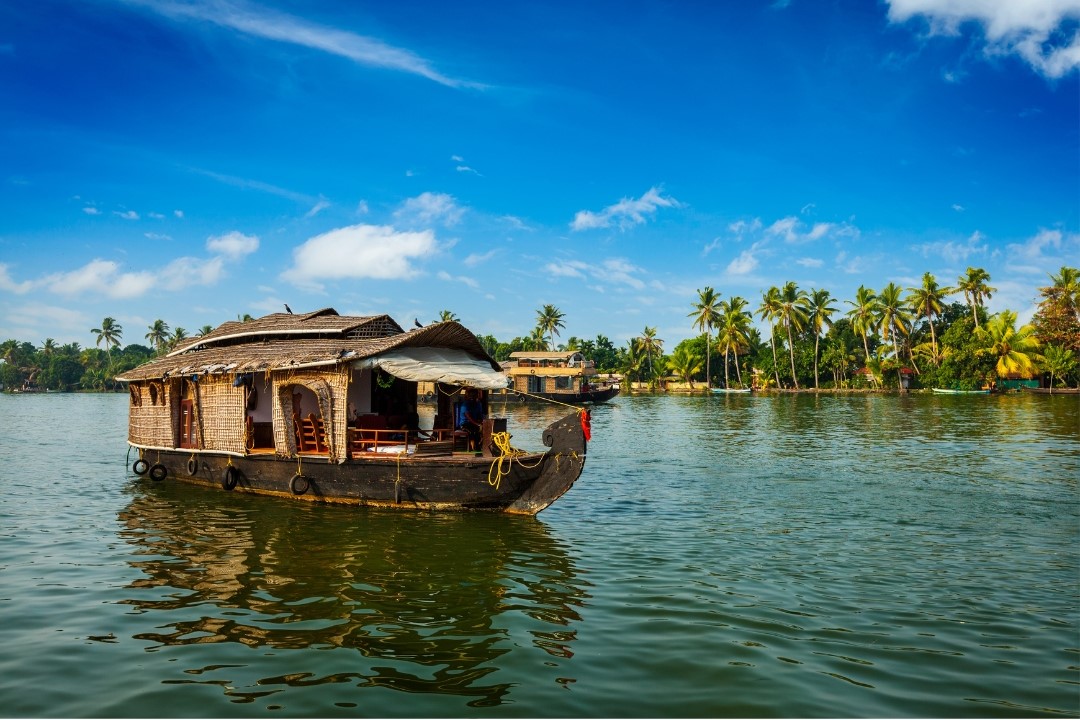

Kerala, often called “God’s Own Country,” is a breathtaking tourist destination in southern India, renowned for its serene backwaters, lush green landscapes, and golden beaches. Famous for its unique houseboat cruises in Alleppey, tranquil tea plantations in Munnar, and rich wildlife sanctuaries like Periyar, Kerala offers a perfect blend of nature and culture. Tourists can witness traditional art forms like Kathakali and Theyyam, rejuvenate with Ayurvedic therapies, and savor authentic Kerala cuisine. From the misty hills to the vibrant festivals and calm backwaters, Kerala provides a refreshing and unforgettable experience for travelers year-round.
The best time to visit Kerala is from October to March when the weather is cooler and ideal for sightseeing, backwater cruises, and beach activities.
Popular destinations include Munnar (hill station), Alleppey and Kumarakom (backwaters), Kochi (heritage city), Thekkady (wildlife), Wayanad, Kovalam and Varkala (beaches).
Activities include houseboat cruises, wildlife safaris, trekking, spice plantation tours, Ayurvedic massages, beach relaxation, and exploring traditional dance and cuisine.
Kerala has three major international airports: Kochi, Trivandrum, and Calicut. It’s also well-connected by train and road to major Indian cities.
Kerala offers a wide range of stays, including luxury resorts, eco-lodges, heritage homestays, budget hotels, and houseboats in the backwaters.
No special permits are required for Indian or foreign tourists to visit Kerala.
Kerala cuisine is known for its use of coconut, spices, and seafood. Popular dishes include appam with stew, Kerala sadya, puttu-kadala, and Kerala-style fish curry.
Use mosquito repellent, stay hydrated, and be cautious with street food. During the monsoon, take extra care against waterborne illnesses and leeches if trekking.
Yes, Kerala is one of the safest states in India for tourists. Locals are friendly and helpful. Basic precautions should still be taken, especially when traveling alone at night.
The currency is Indian Rupee (INR). While cards and UPI are widely accepted, carry some cash for rural areas, markets, and small eateries.
You can use taxis, auto-rickshaws, buses, or rent a car with a driver. Trains and ferries are also available for intercity and backwater travel.
Pack lightweight cotton clothes, rain gear (especially during monsoon), sunscreen, insect repellent, swimwear, and trekking shoes if visiting the hills.